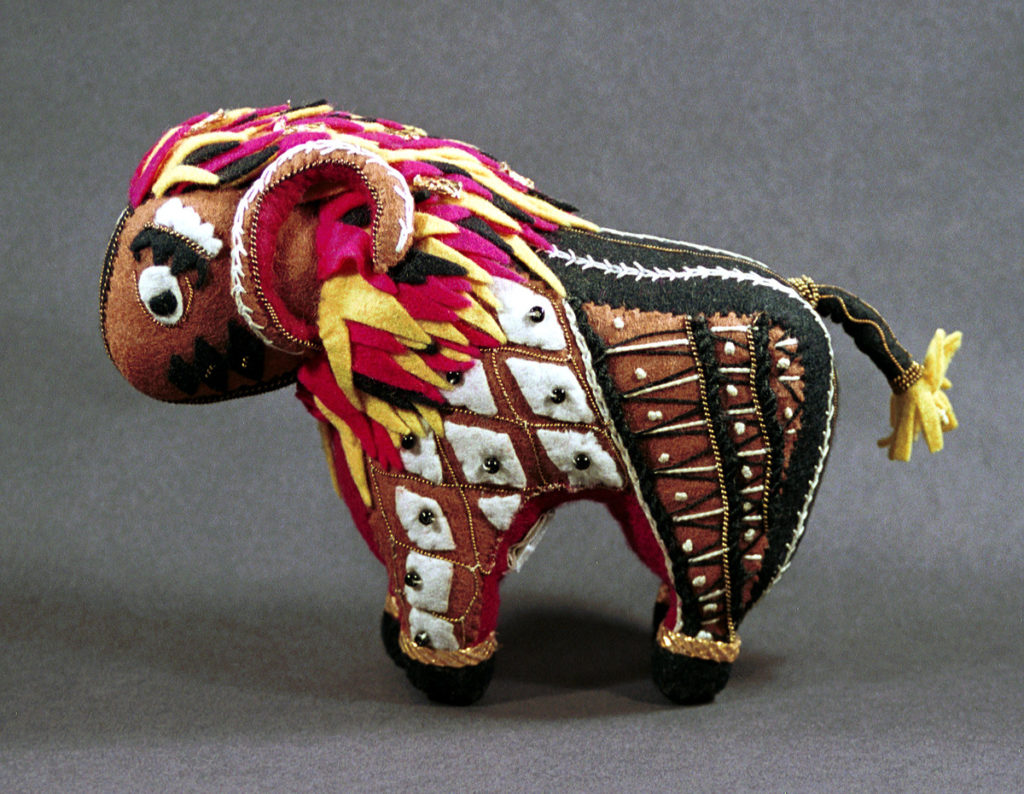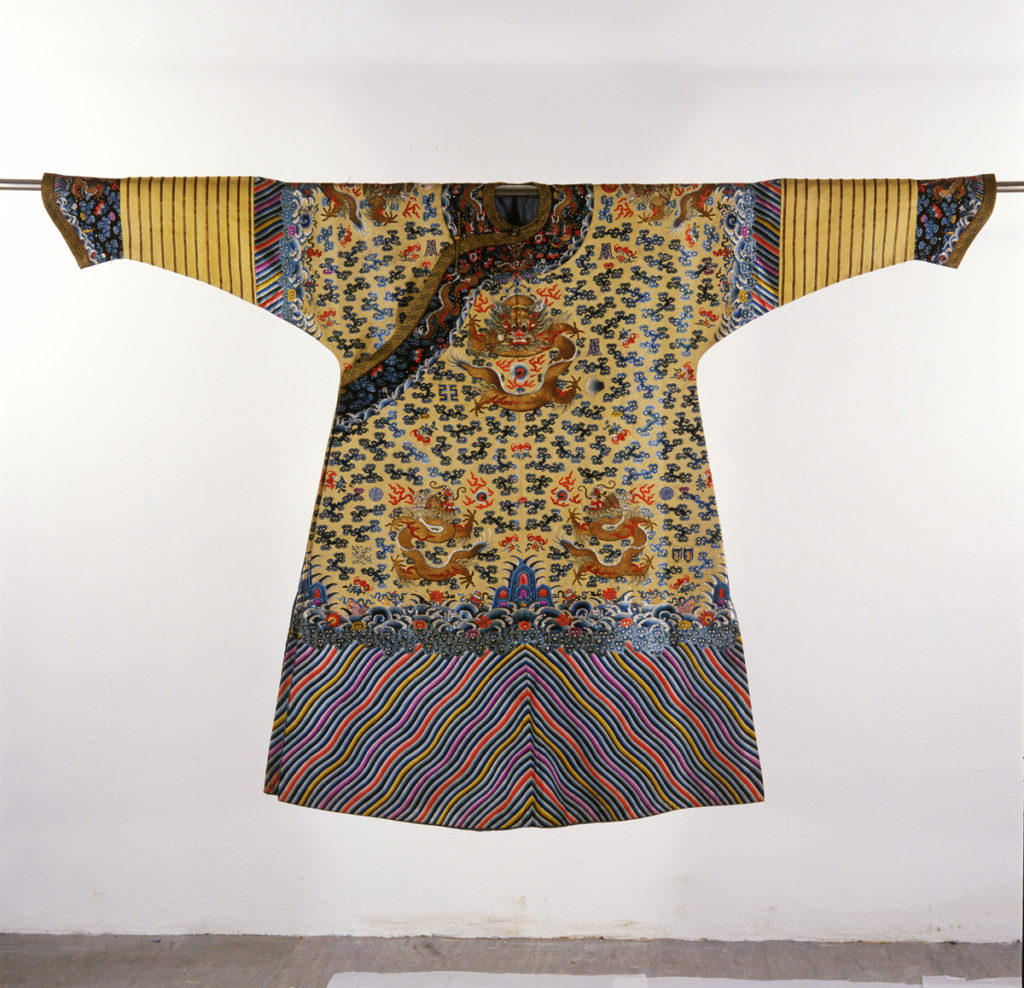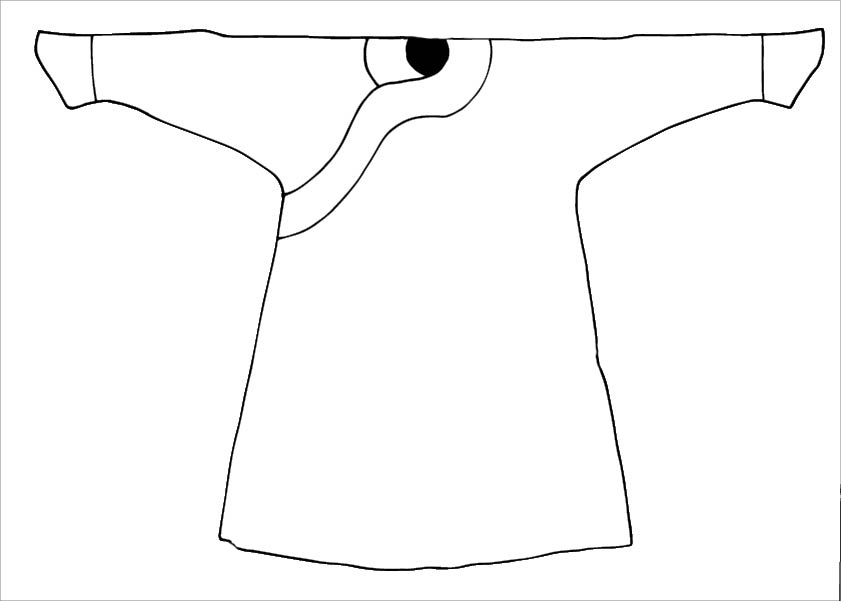Now that the Easter Holidays are becoming a distant memory, you may have seen on our social media that we’ve got some activities for kids (or adults…) of all ages to take part in, from colouring & drawing to telling a story! Post your artworks in reply to our social media posts, or tag us in your own post with @GSAArchives or #GSAArchives.
We’ve collated some of the activities below to preserve them on our blog for all time – you never know when you might feel like designing your own version of something in the collection or doing some mindful colouring! Keep an eye on our Twitter and Instagram feeds for more activities coming your way.
These activities are based on two very popular pieces from our Needlework Development Scheme Collection, chosen because we think there is a lot of potential for creative inspiration – we hope you do too!
About The Needlework Development Scheme
The Needlework Development Scheme (NDS) was established in Scotland in 1934. It was financed by J and P Coats, the thread manufacturers and organised by the four Scottish art schools (Aberdeen, Dundee, Edinburgh and Glasgow). The Scheme’s collection of foreign and British embroidery was available to a number of different educational institutions, aiming to encourage embroidery and improve design skills and standards. Today, The Glasgow School of Art Archives and Collections holds over 100 examples of foreign and British needlework from the NDS, two examples of which being the Decorative Animal and the Chinese Robe.
Decorative Animal Piece
This little animal is an example of one of our British pieces from the Needlework Development Scheme. He was made in 1959 by Shirley Tweedale of Rochdale Grammar School and is a rather tiny example of a wild animal, standing at 14 cm tall! If you look closely at him, you can see that he’s richly decorated with applied felts, beads and metal threads. We also think there are South American influences to his design and colouring. We hold a Needlework Development Scheme publication in the archives which provides step by step instructions on how to make such an animal.

Imperial Robe Piece
The Imperial Robe (or Chinese Robe) was created in the 19th Century. It is made of yellow silk and richly embroidered with additional coloured silks and gold thread. The symbolic decoration includes representations of the sun, moon, and stars only worn by Chinese Emperors. If you look at it closely, you can see imperial dragons, earth, sea, sky and sacred mountains.

Activity 1: Decorative Animal
We know this is some kind of animal, but what kind do you think he could be? We’d love to see your drawings or interpretations of him! Remember to share them with us on social media, tagging your posts as @GSAArchives or #GSAArchives.
Activity 2: Chinese Robe
Why not design your own Chinese Robe? Have a closer look at images of our robe at the link here and use these to inspire your own design! You can draw your own version from scratch or print off the blank template below to get started. Again, we’d love to see them on social media – tag us as @GSAArchives or #GSAArchives.


